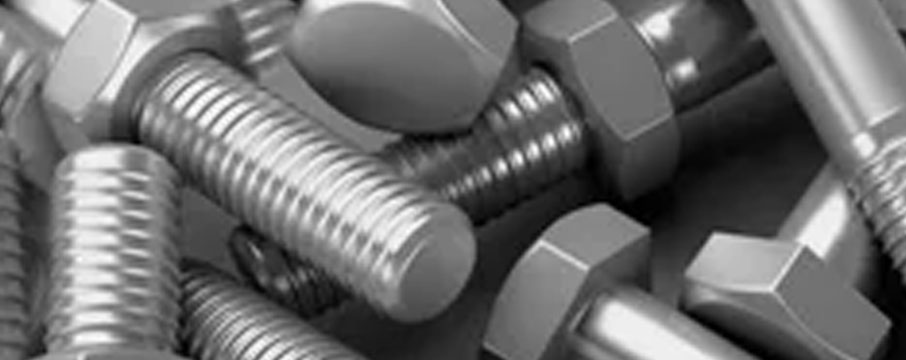
What Is The Difference Between 204 And 304 Stainless Steel
These various grades include varying amounts of nickel. The composition is the primary variation, and it affects how the materials behave mechanically, physically, and chemically. While the 304 steels can have up to 20% chromium and 10% nickel, the 204 steels can only have up to 18% chromium and 0.5 percent nickel. The nickel concentration in the 304 material grade is over 20 times higher. Depending on the specifications, different amounts of silicon, phosphorus, sulphur, and molybdenum are also present. Due to these variations in composition, there are also variations in the applications and corrosion resistance characteristics. The manganese content is another significant variance in composition. Compared to 204 steel, which can contain up to 5% manganese, 304 steel has a maximum manganese content of 2%.
BEach of the materials is non-magnetic and made of austenitic stainless steel. They both have a similar appearance. The 204 grade corrodes more quickly when exposed to corrosive chemicals. In the 204 grade as opposed to the 304 grade, application of salt water can show the rust or stain accumulating more quickly. A spark test could be used as a simple additional test. Due of its lower nickel content, the 204 material ignites a reddish red colour when pulverised in a grinder. The 304 sparks have a deeper red colour. Additionally, the 304 sparks cover more ground whereas the 204 sparks cover less. Other laboratory procedures, such as magnetic spot analyses, can precisely identify the substance. Additionally, the product markings may be helpful for determining the substance
SThe 204 grade is unquestionably less corrosion resistant than the 304 grade because it contains less nickel. The 304 grade is strong and resists corrosion well. Along with industrial uses in the oil and gas, petroleum, petrochemical, water lines, construction, and auto industries, it could be used for kitchenware and other household objects. However, the 204 is a more affordable option where corrosion resistance is not the main concern. Due to the removal of nickel and the addition of manganese to the composition, the 204 material additionally benefits from improved ductility and reduced toughness.
Nickel is a pricey substance. The 204 is less expensive since it only contains twenty times as much nickel as the 304, which is made up of around 10% nickel. The 204 is the most desired where economic effectiveness, rather than corrosion resistance, is the primary consideration, like in kitchen appliances or everyday utilities. If everyday upkeep is carried out, the stain building would be controlled. However, where strength, corrosion resistance, and toughness are required, 304 material is employed. However, the price is more than the 204 grade.
Traditional welding techniques can be used to join the two materials together. Aside from its hardness, the 304 material welds the best. Although less easy to weld than the 304 grade, 204 is still easier to weld. Both applications are employed in various situations, and the 304 is recommended for uses requiring a lot of welding.
| Grade | C | Mn | Si | P | S | Cr | Mo | Ni | N | |
| 304 | min. | – | – | – | – | – | 18.0 | – | 8.0 | – |
| max. | 0.08 | 2.0 | 0.75 | 0.045 | 0.030 | 20.0 | 10.5 | 0.10 | ||
| Grade | Elongation (% in 50mm) minimum | Strength of Yield 0.2% Proof (MPa) minimum | Strength of Tensile (MPa) minimum | Pipes Hardness | ||
| Rockwell B (HR B) maximum | Brinell (HB) maximum | |||||
| 304 | 40 | 205 | 515 | 92 | 201 | |
| Grade | UNS No | Old British | Euronorm | Swedish SS | Japanese JIS | ||
| BS | En | No | Name | ||||
| 304 | S30400 | 304S31 | 58E | 1.4301 | X5CrNi18-10 | 2332 | SUS 304 |
| GRADES | C | SI | MN | P | S | CR | NI | MO | TI | CU | OTHER |
|---|---|---|---|---|---|---|---|---|---|---|---|
| ACX 23 | <=0.10 | <=2.00 | 6.50-8.50 | <=0.040 | <=0.015 | 16.00-18.00 | <=2.00 | <=1.00 | - | 2.00-3.50 | N(ppm) 1500-3000 |
| Proof Stress | 310 Min MPa |
| Tensile Strength | 655 Min MPa |
| Elongation A50 mm | 40 min % |
| Density | 7.80 g/cm³ |
| Density | 7.80 g/cm³ |
| Thermal Expansion | 17 x10^-6 /K |
| Modulus of Elasticity | 200 GPa |
| Thermal Conductivity | 15 W/m.K |
Oxidation resistance is almost same to 1.4310 (301) Grade up to 840°C.

